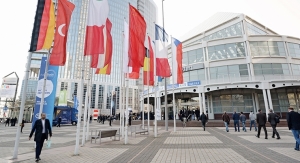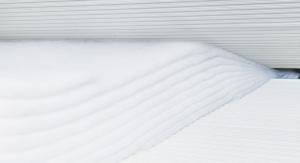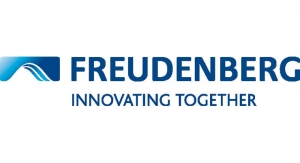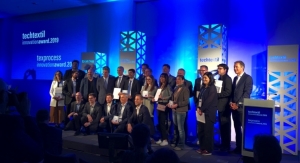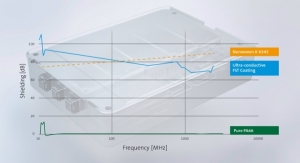07.24.19
Freudenberg Performance Materials, the specialist for technical textiles which is based in Weinheim, Germany, awarded Voith the order to make the existing air system at its nonwoven production facility more energy efficient. The scope of the contract covers the programming and retrofitting of the control unit and air ducts with the necessary hardware and software, including the digital data exchange between the control unit and Freudenberg’s own formulation management system.
Voith developed a demand-regulated adjustment of air volumes and conditions using innovative sensors and actuators. Based on the formulation of the fiber mix, the energy input is also reduced through the targeted control of air volumes in the individual air ducts.
The retrofit makes it possible to realize significant energy savings during operation and reduce CO2, and therefore lower the production costs associated with air conditioning.
The deciding factors that resulted in the contract included the relatively short ROIs for the energy saving investments, the flexibility offered in the definition of the digital interfaces, and the expert advice provided, says Oswin Schader, Electrical Engineering, Freudenberg Performance Materials.
The benefit of the investment is that electricity consumption is reduced while the extraction capacity of the dedusting system is maintained by means of constant pressure in the duct and piping system. The surplus intake air and minimum fresh air supply to the shop floor are ensured and therefore an inflow of extraneous air is prevented. The visualization of the air balance is a practical tool for plant operators and is included in the scope of supply.
Voith developed a demand-regulated adjustment of air volumes and conditions using innovative sensors and actuators. Based on the formulation of the fiber mix, the energy input is also reduced through the targeted control of air volumes in the individual air ducts.
The retrofit makes it possible to realize significant energy savings during operation and reduce CO2, and therefore lower the production costs associated with air conditioning.
The deciding factors that resulted in the contract included the relatively short ROIs for the energy saving investments, the flexibility offered in the definition of the digital interfaces, and the expert advice provided, says Oswin Schader, Electrical Engineering, Freudenberg Performance Materials.
The benefit of the investment is that electricity consumption is reduced while the extraction capacity of the dedusting system is maintained by means of constant pressure in the duct and piping system. The surplus intake air and minimum fresh air supply to the shop floor are ensured and therefore an inflow of extraneous air is prevented. The visualization of the air balance is a practical tool for plant operators and is included in the scope of supply.

